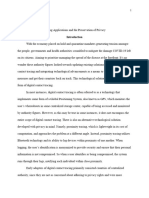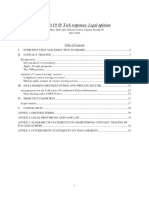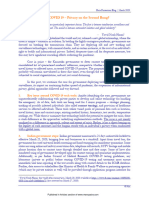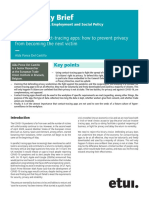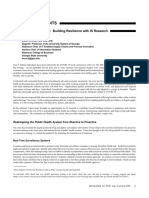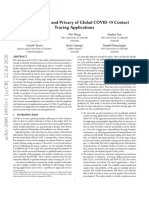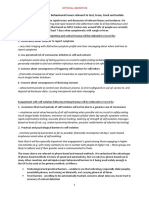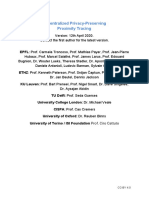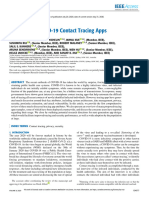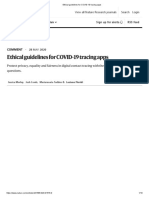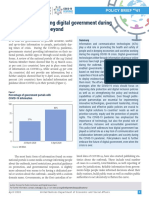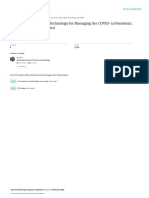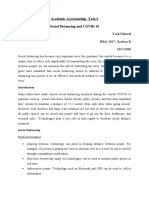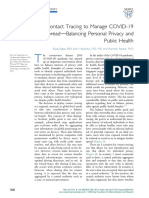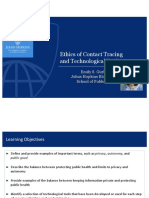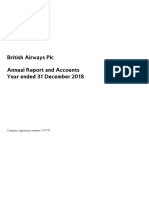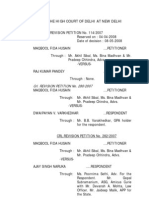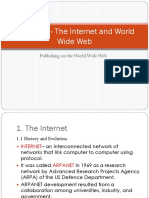Unit 2: case study: pandemic, technology and
privacy: how far will the state go?
Introductions
In this case, the governments worldwide are implementing that contact tracing applications to survived
covid 19. These apps data collecting, privacy, and security practices differ, with some mandatory and
others voluntary. According to an oxford study, successful disease control requires a 60% adoption rate.
those global tendency creates privacy issues and doubts about the applications` possible use after the
pandemic, and it may affect the adoption rate.
Core problem/risk
The central issue is a conflict between a public health and privacy of individuals rights. The main concern
is that contracting tools and the data collecting and also the potential for government surveillance that
could results in abuses of power, social discontent among people and the chilling events on civil
liberties after the pandemic is ended. Furthermore, there is a chance of low adoption rates due to
privacy concerns will restrict the practicality of these applications in controlling the virus spread.
Alternative solutions
The alternative solution needs a balance between public health and individual rights, implying that
solution must address both concerns alternatively. This suggest several possibilities that can be used as
alternative solution such as improving transparency and privacy protection, being transparency may
improve the stronger privacy and protection that may increase public trust and adoption rates. We can
also use to targeted approach, focusing on high risk individuals and locations, rather than mass
surveillance. Also the public education and engagement, a public education campaign could address
privacy concerns and build trust in the necessity and safety.
Mitigation strategy
To lower the hazard posed by using technology, government should use surveillance technology in a way
that respects individuals rights and the privacy. Mitigation strategies would likely addressing the
socioeconomic inequalities, promoting transparency and accountability in government actions. By doing
this people will overcome their fear of getting disrespect but, some are really unanticipated and to have
profound effects on social governance and will be a challenge in pandemic that will need a proactive
policy , careful considerations of ethical and implication of ongoing evaluation of the effectiveness of
implemented measures.
�Evaluation of alternatives
The evaluation of alternatives, evaluates various way of minimizing the risk of using a contact tracing is
highlighting the risk of the potential negative consequences of insufficient privacy protections of the
peple, greater transparency, stronger privacy, and targeted approach would be beneficial compared to
the others, it might raises concerns and explores potential risk related to contact tracing and
surveillance. Using large implicit and based on the identification of risks and suggestions of
improvements rather than a direct comparison of distinct.
Recommend solutions
The solutions we gathered is prioritizing privacy and transparency, that include being open source,
independents. And also minimizing the need of mass surveillance and reducing the privacy violations. it
should also invest In research development of privacy and preserving technologies. These solutions aims
to balance the need for effective public health measures while protecting the privacy and rights of
everyone. Implementing this needs a collaborations of the governments, technology and public health.
Expected outcomes and monitoring plan
The possible outcomes would be increase public trust and the adoption rates, reduced privacy
violations, and a sustainable governance, with this outcome the privacy protections technologies will
minimize the risk of privacy violation and data misuse. The adoption rates will be controllable and that
tracing apps will probably lead to higher public trust.

